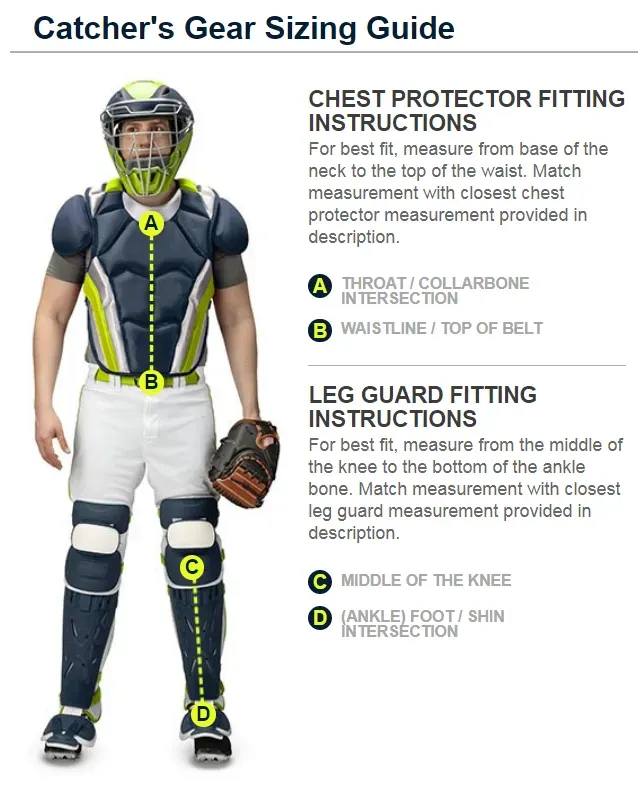Sports Event Planning is the foundation for turning a competitive game into a memorable experience for players, fans, and sponsors. Successful tournament planning ensures that teams, venues, and schedules align, minimizing delays and maximizing excitement. This guide highlights practical steps, clear communication, and meticulous execution to deliver an event that leaves a lasting impression for participants and partners. A focus on budgeting and logistics within a structured framework helps organizers anticipate costs, secure sponsors, and keep participants safe. By documenting objectives, timelines, and stakeholder roles, you can orchestrate a smooth, engaging, and scalable event that encourages repeat attendance and strong community support.
Beyond the name, effective event coordination for athletic competitions relies on a holistic approach to planning and logistics. Think of the process as tournament organization, where schedules, venues, and safety protocols align to keep play fair and enjoyable. This broader view covers match-day operations, communications with participants, and the integration of sponsors and volunteers into a smooth flow. Smart budgeting strategies, resource allocation, and risk management underpin every successful contest, from local leagues to larger invitational events. Adopting these perspectives helps you deliver a professional experience that travels well from one event to the next.
Frequently Asked Questions
How does Sports Event Planning help you define objectives and scope for organizing sports events such as leagues or tournaments?
Begin with a clear vision: what type of event is it (league, knockout, or friendly), how many teams, and what success looks like. Create a scope document listing venues, number of games, required deliverables, and target age groups. In Sports Event Planning, this alignment guides vendor choices, schedules, and day-of operations, reducing last-minute surprises.
What role does budgeting for sports events play in successful tournament planning and financial control?
Develop a detailed line-item budget covering venue, equipment, officials, insurance, permits, marketing, and registration system fees. Build in a contingency reserve (5-15%) for weather or outages and identify potential revenue streams such as registration fees, sponsorships, ticketing, concessions, and merchandise. Track cash flow monthly and adjust allocations as needed; transparent budgeting helps sponsors and participants see value.
In organizing sports events, how do sports event logistics shape venue selection and on-site operations?
Choose venues based on field/court type, surface quality, lighting, locker rooms, restrooms, and accessibility. Create a logistics playbook with setup, teardown, signage, spectator walkways, and safety routes. Coordinate with venue staff early for policies, storage, and contingency plans; for multi-venue events ensure consistent branding and reliable transportation to deliver a cohesive experience.
What should you consider in scheduling and tournament format under sports event management to keep games fair and on time?
Select formats (round robin, single/double elimination, pool play) that fit the number of teams and games per team, and build buffers for warm-ups and potential delays. Use scheduling software to reduce conflicts and publish the timetable well before opening ceremonies. For ongoing leagues, plan a season calendar that allows make-up games and accounts for holidays.
How can registration, marketing, and attendee engagement be optimized within sports event planning?
Set up online registration with clear pricing, waivers, and emergency contacts; send automatic confirmations and calendar invites, plus reminders as the event approaches. Build a simple event page with essential details, FAQs, and sponsor recognition; leverage social media, local clubs, schools, and employee networks to boost attendance and sponsor value. On game day, use signage, a welcome desk, and a clear schedule board to enhance attendee engagement.
What risk management and post-event evaluation steps are essential in sports event management to improve future events?
Secure permits and insurance; require waivers where appropriate; develop risk mitigation plans for weather, medical emergencies, crowd control, and security. Assign a safety officer and implement concussion protocols and hydration plans. After the event, collect feedback from participants, coaches, volunteers, and sponsors; review finances against budget, and publish a post-event report to guide future Sports Event Planning.
| Aspect | Key Points |
|---|---|
| 1) Define objectives and scope | – Start with a clear vision: event type (league, knockout, friendly), number of teams/players, and success metrics. – Typical objectives: fair competition, maximum attendance, sponsor visibility, safe and inclusive environment. – Create a scope document outlining event type, games, attendance, venues, and deliverables; use as a north star for decisions and alignment with the plan to reduce surprises. |
| 2) Budgeting and finance management | – Detailed line-item budget: venue, equipment, referees, insurance, permits, marketing, registration fees, staff meals, security, first aid, contingency reserves. – Contingency fund (5–15%) for weather or outages. – Identify revenue streams early: registration fees, sponsorships, tickets, concessions, merchandise, streaming rights. – Track cash flow monthly; maintain transparent budgeting to build trust with sponsors and participants. |
| 3) Venue selection and logistics | – Consider field/court type, surface, lighting, locker rooms, restrooms, parking, accessibility, transit proximity. – For tournaments, multiple courts/fields to minimize idle time and keep rounds moving. – Coordinate with venue staff, understand policies, contingency plans, and create a logistics playbook (setup/teardown, signage, spectator walkways, safety routes). – If multiple venues, ensure reliable transportation and consistent branding. |
| 4) Scheduling and tournament format | – Formats include round robin, single/double elimination, or pool play with knockout brackets. – Design schedules by considering number of teams, games per team, rest periods, and rain/delay contingencies. – Use scheduling software; build buffers for warm-ups, checks, and overruns. – Communicate schedules clearly to coaches, teams, volunteers, and officials ahead of opening ceremonies. – For leagues, plan a season calendar with make-up games and holiday breaks. |
| 5) Registration, marketing, and attendee engagement | – Online registration with clear pricing, waivers, and medical info; collect emergency contacts and accessibility needs; send confirmations and calendar invites with reminders. – Marketing: simple event page, FAQ, sponsor recognition; leverage social media, clubs, schools, and networks; emphasize inclusivity and safety. – Day-of engagement: signage, welcome desk, schedule board; light entertainment, live score updates, and a channel for announcements; signals a well-run event. |
| 6) Operations on game day | – Create a detailed operations plan with staff roles, shift times, and contact networks. – Position staff at key points for quick responses; use standardized checklists for setup, game operations, and teardown. – Test equipment (nets, goals, scoreboard, timekeeping, radios); verify rules with officials; implement hydration breaks and shade provisions to enhance safety and comfort. |
| 7) Risk management and compliance | – Secure permits and insurance; ensure waivers where appropriate. – Develop risk mitigation plans for weather, medical emergencies, crowd control, and security. – Assign a safety lead; implement robust concussion protocols, heat illness prevention, and accessibility measures. – Stay informed about local regulations and establish incident reporting procedures to improve future events. |
| 8) Post-event wrap-up and evaluation | – Collect feedback via surveys and debriefs; review financials and document lessons learned. – Produce a post-event report and share performance metrics with sponsors. – Acknowledge contributors and celebrate volunteers to foster ongoing partnerships. – Use insights to refine future Sports Event Planning capabilities. |
Summary
HTML table detailing key points of the base content on Sports Event Planning. The table highlights objectives, budgeting, venues, scheduling, registration/marketing, operations, risk management, and post-event evaluation, summarizing best practices for planning effective sports events.


